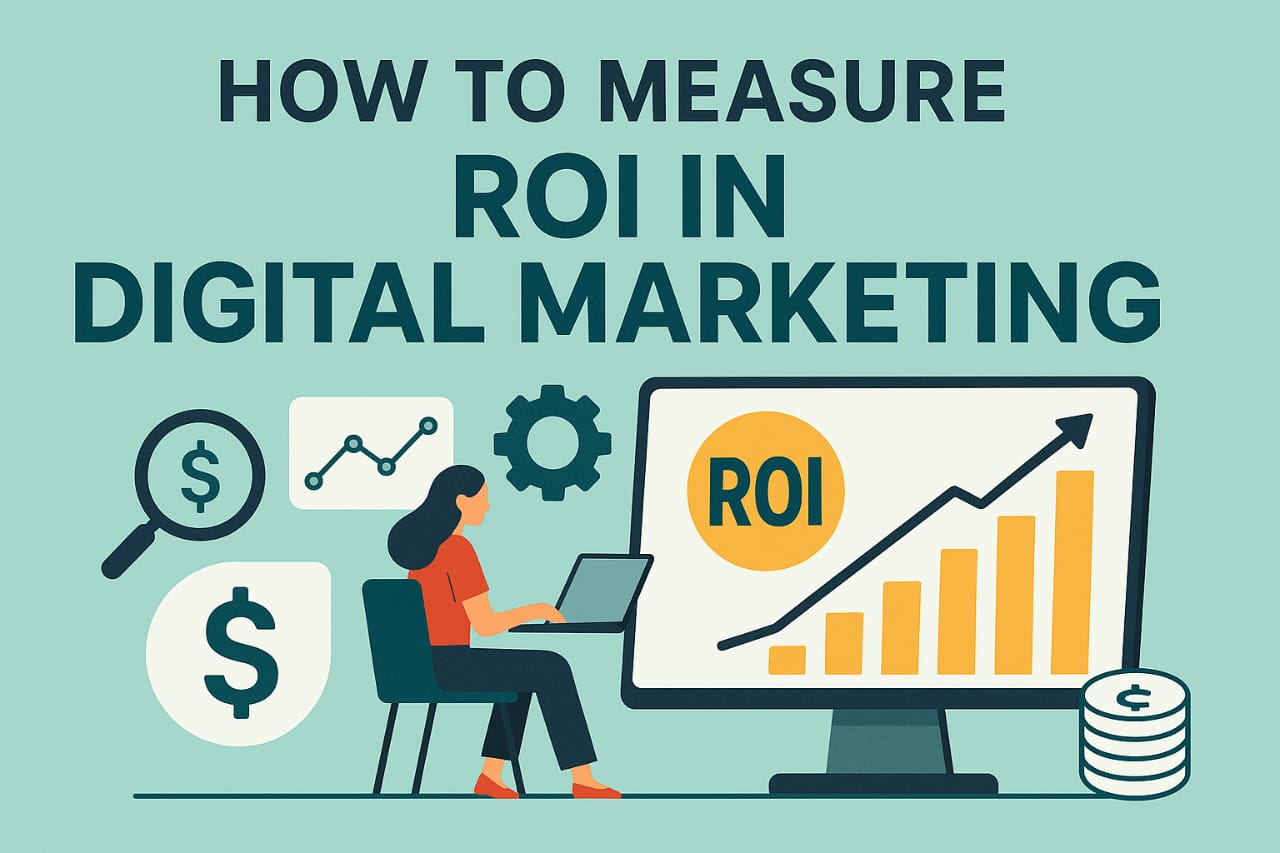
If you’re investing time and money into digital marketing, chances are you want to know: Is it paying off? That’s where ROI—Return on Investment—enters the picture. ROI shows you if your marketing is generating more income than it’s expanding. Measuring ROI lets you view what’s worth your time, where to allocate your budget, and how to make next campaign efforts better. Let’s simplify it into easy steps.
1. Understand What ROI Is
ROI is a way of measuring how much money you made in profit compared to how much money you spent. In internet marketing, it can be how many sales came from an advertisement, how many registrations came from an email campaign, or how many visitors your blog attracted.
The formula is this:
ROI = (Revenue – Cost) / Cost x 100
Example:
If you spent $500 on Facebook Ads and made $1,000 of sales from those ads, your ROI would be:
($1,000 - $500) / $500 x 100 = 100%
You doubled your investment.
2. Set Clear Goals
You need to know what success looks like before you can calculate ROI. Your goals should be specific and measurable. These could be:
- Sales
- Leads
- Website visitors
- App downloads
- Newsletter subscriptions
Different campaigns have different goals. A brand recognition ad won’t perform like a sale-driven one—so your expectation must be set accordingly.
3. Use the Correct Tools
There are many tools that help you track digital marketing ROI:
- Google Analytics: Tracks website traffic, conversions, etc.
- Facebook Ads Manager: Shows results like clicks, impressions, and conversions.
- Google Ads Dashboard: Enables you to see how effective your ads are and how much you’re spending.
- CRM platforms like HubSpot or Zoho: Connect marketing with actual sales and leads.
These tools show what channels are producing and where your budget is working best.
4. Monitor Conversions
A conversion is what you want somebody to do who comes to your website—like purchase or make a contact form request. Set up conversion tracking in tools like Google Ads, Facebook Ads, and Google Analytics so that you can see what people are doing when they click on your ad or email.
You can even track offline conversions (like phone calls or visits to the store) if you have call-tracking software or CRM software installed.
5. Measure Over Time
Don’t expect overnight success. Some campaigns will take weeks to yield results, especially content marketing or SEO. Look at performance by weeks or months, and compare to your costs and goals.
Final Thoughts
Measuring ROI in digital marketing isn’t so much about numbers—it’s about making better decisions. It will keep you from wasting money on the wrong things and invest more passion into the right ones.
Start small: focus on one campaign, track your spend, define a clear objective, and observe what happens. En route, your data will show the correct direction for you.
